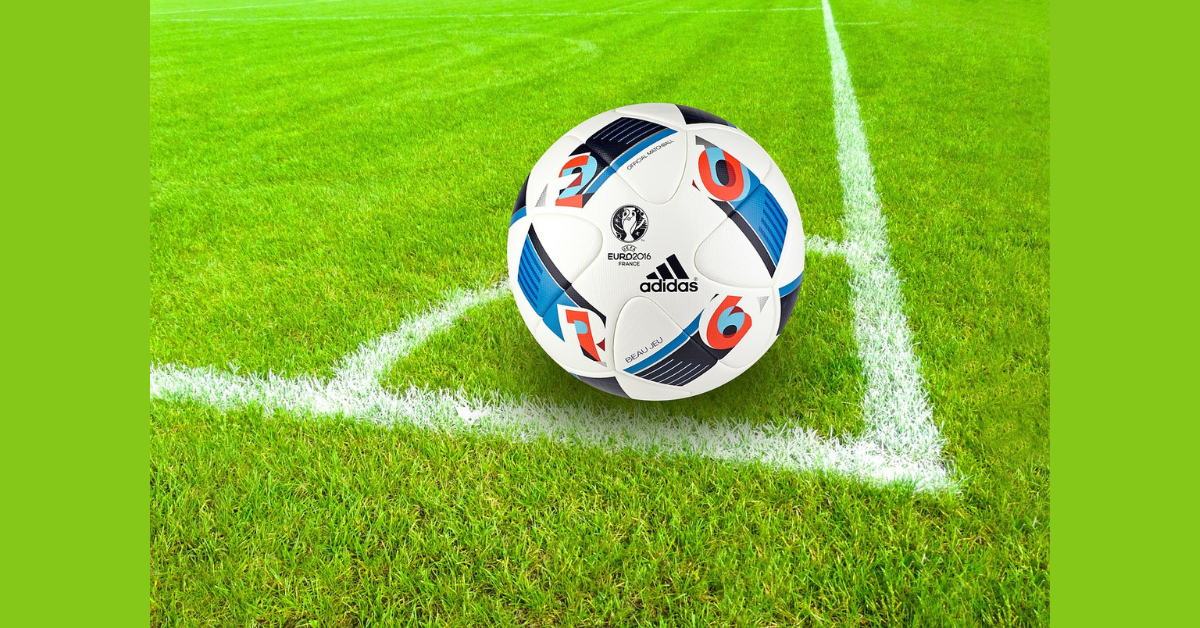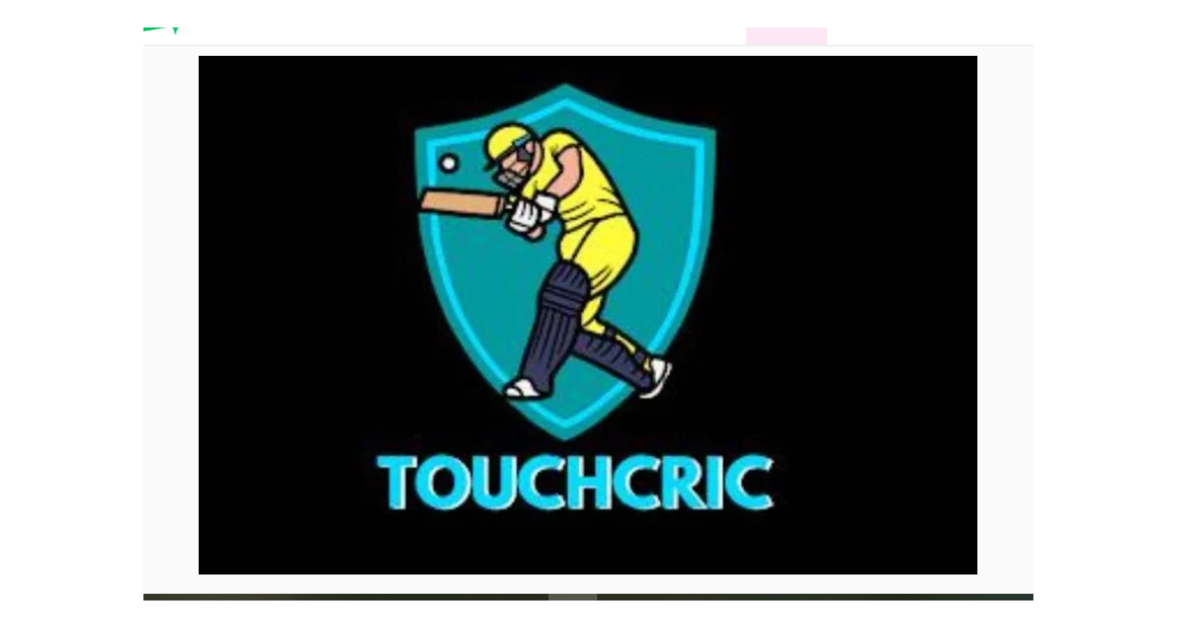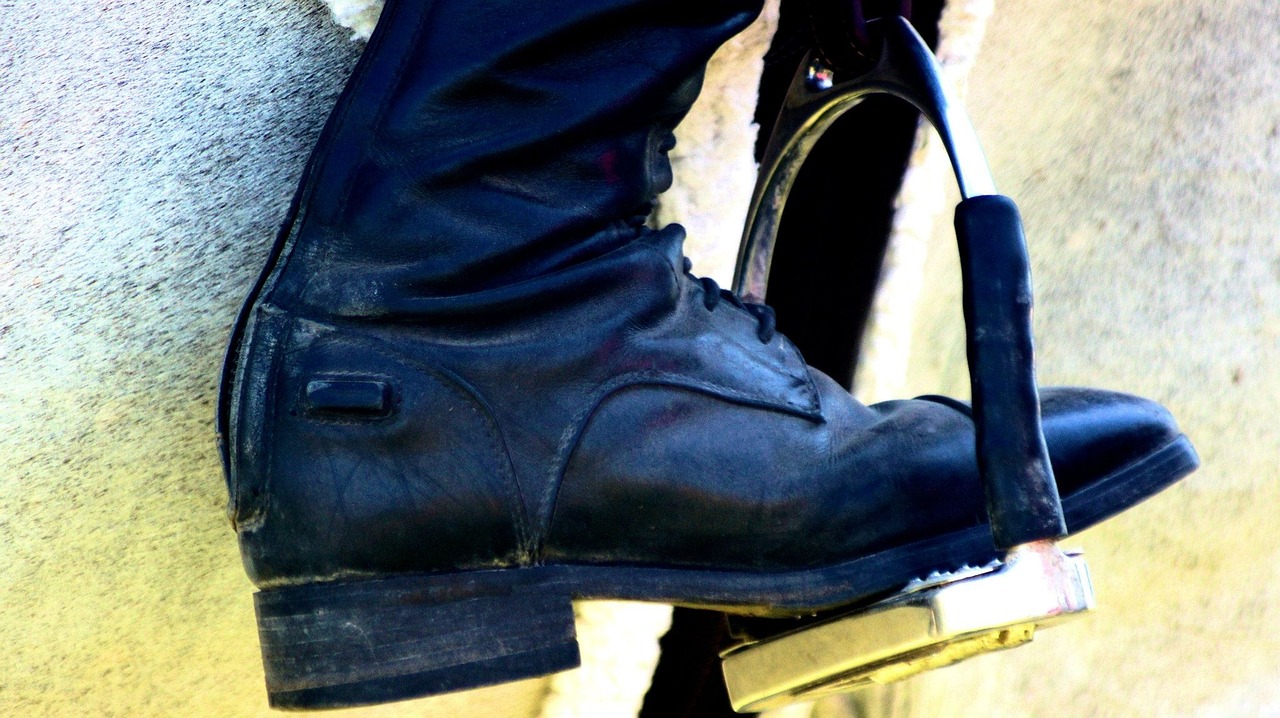Football Pitch: The Ultimate Guide

Introduction
A football pitch, often referred to as a soccer field in some regions, is the essential playing surface for the game of football. Whether it’s a local amateur game or a prestigious international match, the football pitch provides the foundation upon which the sport is played. The layout, dimensions, surface type, and markings all play a significant role in the flow and outcome of the game. In this article, we will dive into the intricacies of a football pitch, its structure, and how it impacts the world’s most popular sport.
From standard dimensions to turf choices, we will explore the elements that make a football pitch a vital part of the game, answering some common questions about how it’s constructed, maintained, and used.
1. Dimensions of a Football Pitch
The size of a football pitch can vary depending on the competition level and league standards, but it generally falls within certain guidelines. FIFA, the sport’s governing body, has established standard pitch dimensions to ensure consistency.
- Length: A standard football pitch is between 100 to 110 meters (100-130 yards).
- Width: The width should be between 64 to 75 meters (50-100 yards).
The goal is positioned at the center of each end, with the area in front of the goal known as the penalty box.
Importance of Standard Dimensions
Having standard dimensions ensures that players can adapt to any professional-level pitch without drastically changing their playstyle. These dimensions also guarantee fairness and consistency in matches.
2. Surface Types: Natural vs. Artificial Turf
Football pitches can be made of natural grass or artificial turf. Each surface has its pros and cons, and the decision to use one over the other depends on factors like location, climate, and maintenance costs.
- Natural Grass: The traditional choice for football pitches, offering a natural feel and more forgiving surface for players. However, it requires regular maintenance, including watering, mowing, and pest control.
- Artificial Turf: Made from synthetic fibers, artificial turf is more durable and requires less maintenance than grass. However, it can be harder on players’ joints and may lead to injuries if not properly maintained.
Impact on Gameplay
The surface type significantly influences the game. Natural grass provides more traction and a slower ball roll, while artificial turf results in faster-paced gameplay due to the smoother surface.
3. Markings on the Pitch
The markings on a football pitch are crucial for organizing the game and ensuring that rules are followed. These markings include the halfway line, penalty area, center circle, and touchlines.
- Halfway Line: Divides the pitch into two equal halves.
- Penalty Area: A 16.5-meter (18-yard) box around the goal, where the goalkeeper is allowed to handle the ball and penalties are taken.
- Center Circle: Located in the middle of the pitch, it has a radius of 9.15 meters (10 yards).
- Touchlines and Goal Lines: These outline the playing area. The ball must fully cross these lines to be considered out of play.
Role in Refereeing
These markings help referees make key decisions about offside, fouls, and goals. For instance, the penalty box defines where penalties are awarded, and the center circle helps ensure proper spacing during kickoffs.
4. Goalposts and Nets
At each end of the football pitch, goalposts are installed at the center of the goal line. The dimensions of the goalposts are regulated to ensure uniformity across all matches.
- Goalposts: The width between the posts should be 7.32 meters (24 feet), and the height should be 2.44 meters (8 feet).
- Goal Nets: Nets are attached to the goalposts to catch the ball when a goal is scored, ensuring there’s no confusion about whether the ball has passed into the goal.
Ensuring Safety
Goalposts must be anchored securely to the ground to prevent accidents, especially in youth games, where collapsible goals are often used. Modern goals also use flexible materials to reduce the risk of injury.
5. Maintenance of a Football Pitch
Maintaining a football pitch requires consistent effort, particularly when it comes to natural grass. The surface must remain even and free from divots, as uneven ground can lead to player injuries.
- Grass Cutting: Grass on football pitches should be cut to a length of around 2.5 to 3.5 cm (1 to 1.4 inches) to ensure smooth gameplay.
- Watering: Adequate watering is essential for grass health, particularly in hot weather.
- Turf Repair: Pitches should be regularly inspected for damage, and turf should be repaired as needed to maintain even playability.
Artificial Turf Maintenance
Although artificial turf requires less maintenance, it still needs to be cleaned, brushed, and periodically disinfected to ensure it remains safe for players.
6. Drainage and Irrigation Systems
A well-maintained football pitch relies heavily on proper drainage and irrigation systems. Drainage ensures that water doesn’t accumulate on the field, while irrigation helps maintain the health of the grass.
- Drainage Systems: Installed underneath the pitch, drainage systems prevent waterlogging, which can make the surface slippery and dangerous for players.
- Irrigation Systems: These systems help keep the grass healthy by distributing water evenly across the pitch, especially in regions with less rainfall.
Importance in Match Conditions
Poor drainage can lead to match delays or cancellations, especially in heavy rainfall, while proper irrigation prevents the grass from becoming dry and brittle.
7. Indoor vs. Outdoor Football Pitches
Football pitches can be located indoors or outdoors, with each setting having its own benefits and challenges.
- Indoor Pitches: These are often made with artificial turf and are typically smaller. Indoor pitches allow for year-round play and are not affected by weather conditions.
- Outdoor Pitches: The traditional football pitch, found in most stadiums and parks. Outdoor pitches are often larger and provide a more authentic football experience, though they are susceptible to weather conditions.
Adaptation of Gameplay
Indoor pitches often result in faster-paced, shorter matches, while outdoor pitches allow for more strategic and physical play due to their size.



